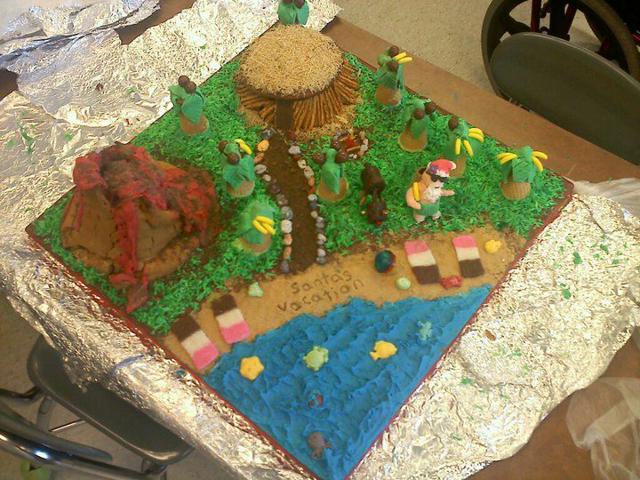Every so often there’s a story that just cries out to be told; this is one of them.
There are two classes of very special young people at A.C. Reynolds High School. These “intensive intervention” classes serve young people ages 15 to 21 who’ve been diagnosed with a wide range of disabilities, from autism to physical and intellectual impairments.
I find the mere existence of these classes quite remarkable: In my day, mentally and sometimes even physically disabled children tended to be isolated, neglected and hidden from the public view. In some cases, families with few resources and no idea of how to cope with these children treated them no better than animals, perhaps even caging them or tying them to their beds. And for the most part, those of us who were more fortunate simply shied away.
My generation had little understanding of special needs, and even as I write these words, I am fearful of saying something insensitive that might offend someone who is challenged.
Even veterans who’d lost limbs defending our country in combat were often disrespected and, at best, seen as piteous objects. The stigma of disability wasn’t limited to the poor and disadvantaged, either. Two years after I was born, Franklin Roosevelt became president of the United States. He was in office so long that, until my mid-teens, I thought that "president" and "Roosevelt" were synonymous.
But despite the many photos and newsreels I saw of our World War II commander in chief, I never realized that the leader of the free world had polio and couldn’t walk. This was before the advent of television and the 24-hour news cycle, and his press secretary always made sure Roosevelt was photographed either from above the waist or sitting down, quite often with a blanket across his legs. Apparently, they feared that broader knowledge of his impairment would weaken him politically.
To some extent, the horrendous polio epidemic of the late 1940s forced us to change our attitude toward people with disabilities, because it struck so close to home. We lived in great fear that we, too, might be stricken like the child down the street and, if we survived, be impaired for life.
The most memorable incident for me was when a high-school friend of mine contracted polio. An exceptional athlete at the school, he was never able to walk again. Despite the fact that there were few programs to help him, however, he worked hard and became a very prominent attorney in our community.
I only relate all this to underscore how significant it is that society has finally come to recognize the value of these young people. By mainstreaming them and giving them special attention, many are helped to care for themselves and become productive members of society. This confirms what I strongly believe: that there’s an inner savant in all of us. (Remember Rain Man?)
At Reynolds, these 12 students and their amazing teachers decided to tackle a daunting challenge: entering the Grove Park Inn’s National Gingerbread House Competition & Display. This is a very high-profile event, and Good Morning America features several notable entries each year.
With great dedication and encouragement, Annie Joyce and Taunia Harter coached their students to come together as a "dream team" to complete this ambitious project.
Every student helped. For an entire month, they worked long and hard, kneading the dough, shaping the various objects and placing them in just the right spot. Those who couldn’t physically participate were involved in the design, in shopping for the various food items needed and in choosing the colors and themes. Each person shared their skills with the team. Neither they nor the teachers had any previous experience with gingerbread houses, making their final product — "Santa's vacation at the beach" — even more astonishing (see photo).
Can you imagine how delighted the dream team must have been when they found out their entry, competing with hundreds of others in the Youth Division, had won a ribbon? And how much joy and new confidence they felt when they took a field trip to the Grove Park Inn to see their work proudly displayed alongside the other impressive entries?
Yes, Virginia, there is a Santa Claus. No, he’s not at the beach: He resides in the hearts and minds of these extraordinary young people and their caring and loving teachers and parents.
— Asheville native Jerry Sternberg is a longtime observer of the local scene. He can be reached at gospeljerry@aol.com.




Before you comment
The comments section is here to provide a platform for civil dialogue on the issues we face together as a local community. Xpress is committed to offering this platform for all voices, but when the tone of the discussion gets nasty or strays off topic, we believe many people choose not to participate. Xpress editors are determined to moderate comments to ensure a constructive interchange is maintained. All comments judged not to be in keeping with the spirit of civil discourse will be removed and repeat violators will be banned. See here for our terms of service. Thank you for being part of this effort to promote respectful discussion.